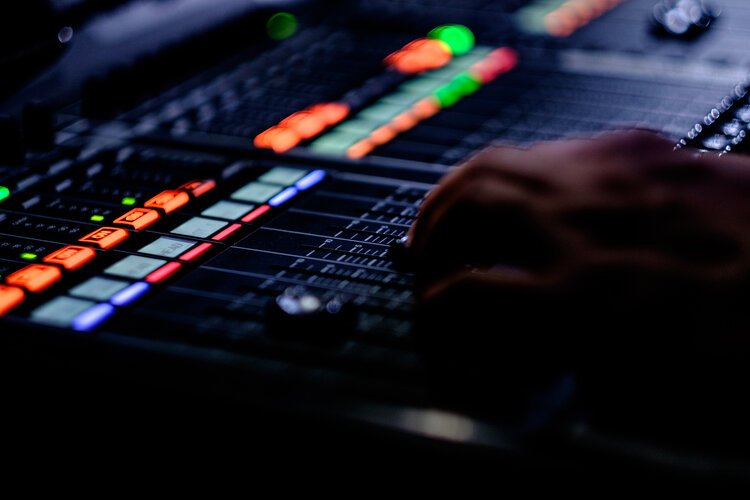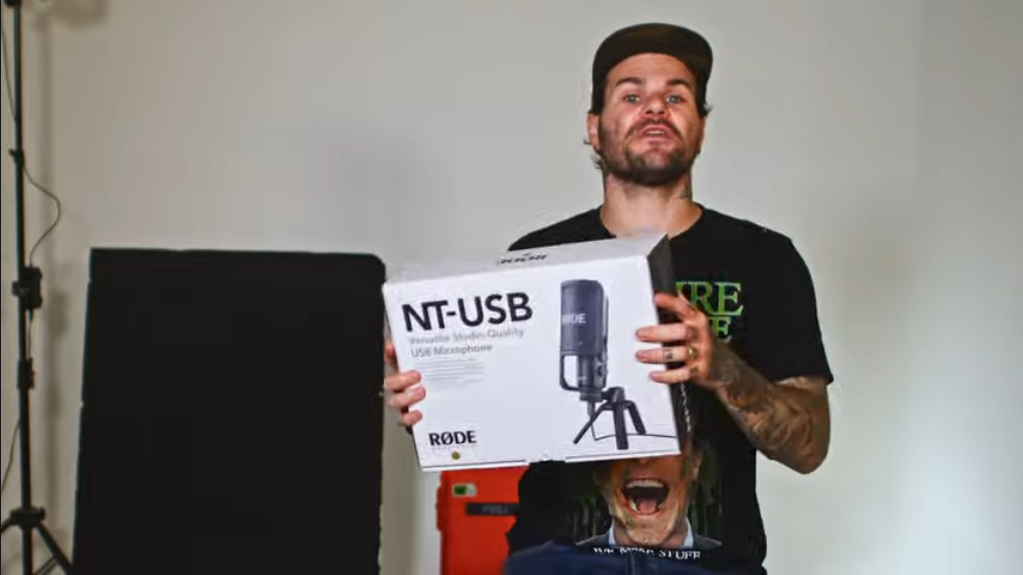The Importance of Creating Quality Audio
There is a really important statistic to consider when creating video content : that, actually, 70% of video is audio.
The quality of audio is often overlooked as self tapers especially seek to prioritise finding the perfect camera angle or create flattering lighting. Whilst it is undeniable that those things are important too, the fact is, the viewer is more likely to be forgiving if picture quality isn’t as professional as you’d ideally like it to be. However, if the audio is poor and they can’t follow clearly what is being said, you risk losing your audience.
That is why here at Hellfire Creative we strongly recommend to those of you that rely on self filming, or feature in a lot of live streams or zoom meetings, that investing in a quality USB condenser microphone is essential. In order to engage your audience, images don’t have to be perfect, but the sound must be crisp and clear at all times. USB mics are easy to set up, compatible with most devices, and will greatly improve the quality of your sound rather than relying on a built in microphone.
That said, the best USB microphone on the market would still not be as great as professional audio recording. Whilst we understand that drafting in a professional audio team is a big investment for many businesses, audio really does make or break the video and determine its success. It is sound that evokes responses within audiences. When used well, music, sound effects, and even silence can create dramatic emotional responses with viewers. Sound increases production value. It delivers important information. Even the language used within a video can powerfully alter the tone or mood. Because sound supports the narrative and defines the mood of your video, it is arguably so much more important than the picture itself.
Another important thing to consider when deciding whether or not to invest in audio production, is the fact that it is pretty much impossible to correct and “save” inferior audio during post production stages. It can ruin a video if the sound is bad, yet there won’t be anything we can do in the editing suite to rescue it. That’s why it is important that audio isn’t left as an after thought when planning videos.
Things such as selecting the right music for the sound track are also hugely important, and it is always noticeable when such elements haven’t been guided by a professional. Again, music is very powerful when it comes to provoking an emotional response in audiences; I am sure we can all remember a certain song that when played at the right moment within a movie has had the audience welling up with tears. Get moments like that wrong, and not only do you lose the chance of making an emotional connection altogether, but you could also end up provoking an adverse reaction, as viewers vote with their feet and reach for the “switch off” button.
Similarly, sound effects, when professionally created and executed, can really make a video come alive. When poorly done, the result can be unintentionally comical. It can’t be overestimated how important it is to set the right tone ( pardon the pun).
In short, audiences are generally forgiving. They will tolerate a few visual errors, even missed frames and poor direction, if they’re invested in the narrative and want to find out more. But, as anybody who has tried to watch a poorly lip-synced video will know, we are far less tolerable when it comes to forgiving bad sound. When bandwidth is poor and connection is affecting the speed of an online video, consumers tend to skip the frames that lose audio. In terms of viewing online video content, it’s the ears that prioritise and effect the consumer’s behaviour, not their eyes.



